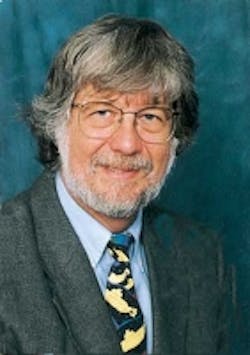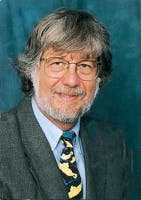Spin doctors
By Paul Feuerstein, DMDThe workhorse of every dental practice is the handpiece. The air turbine has been around for years, and although changes have been made, the basic design has remained constant. Some of the turbine materials have improved, and efforts have been made to change bearings from stainless to ceramic. This leads to longer life, less frequent lubrication, better concentricity, and in some cases, more torque. The handpiece casing also has undergone design and material changes, including lighter titanium or carbon fiber, as well as different angles of the head. Although electrics have been increasing on the scene, there are still many more offices that are content with the air water tubing with three to six holes that do not have to be changed. It is simple to screw or snap on a new air handpiece. Turbines for most handpieces can be changed by the practitioner or staff. Some have invested in turbine rebuild kits. There are also several services that will rebuild or sell new, rebuilt, or after-market turbines to dentists. The simplicity, lighter weight, and relative cost appears to outweigh the installation of electrics to many offices, despite several advantages of the latter. A few notable improvements have appeared in the past year.J. Morita decided to do a complete redesign of the turbine. The company has developed the TwinPower turbine. The air actually comes in via three air drive nozzles and spins the primary and secondary fins in a spiral action. An animation on the Web (jmoritausa.com) explains this more clearly. In addition to the higher torque, the company has incorporated an “anti-suck back diffuser” in this little chamber when the turbine stops. There is even a small brake system that provides rapid cessation of rotation.Midwest has introduced the Stylus ATC (Adaptive Torque Control). The company has taken the air turbine handpiece and added an electronic control to maintain constant torque and speed when a load is applied to the bur. When you try to cut off a crown or break a contact, an air handpiece tends to stall. This system keeps checking these parameters 700 to 800 times a second and adjusts the air pressure to keep things constant.Try cutting through a zirconia restoration with an air handpiece and you will see the need for this unit. The system allows the operator to have great control when finishing margins and “feathering” without losing speed. Some operators use electric and air to prepare crowns or finish composites. This system enables the dentist to use one handpiece. As stated earlier, many of the companies have been using titanium to make the handpieces smaller and lighter weight. An innovation for air handpieces comes from Bien-Air with its new Blackline Bora and Prestige handpieces. The body is made of woven carbon fiber, making the unit even lighter while giving it a distinctive nonslip texture. While most practitioners think of Bien-Air as an electric company, don’t overlook this unique air turbine product. A common aspect on air and electric handpieces is the bur shaft design, as well as the round chuck that holds the shaft. At some point in your career, a bur will fly out while working. These burs slip as we work with them, causing a reduction in torque.ProDrive decided it was time for a complete makeover. The company designed turbines that retrofit into several major handpieces that have a triangular chuck and use burs with triangular shafts (made by Meissinger). Reports are that the handpieces have more torque. In addition, the burs can be extended from the chuck without fear of them flying out. ProDrive has many turbines that fit into exisiting air handpieces (done by the practitioner) and might have an electric version eventually, although this version will have to be factory installed.Of course, the change to electric is a new experience. One of the downsides has been the size and weight of these handpieces. They do take some time for adjustment. Recently, KaVo introduced the ComfortDrive electric handpiece, which is 15% shorter and 40% lighter than other electrics. There are other differences, such as no variety of attachments, but I think this handpiece is worthy of a test drive. Bear in mind that the handpiece is your constant workhorse, and in many ways can affect your restorative outcomes. A good craftsman does not always need the best tools, but a quality handpiece can help increase the advantage.
Dr. Paul Feuerstein installed one of dentistry’s first computers in 1978. For more than 20 years, he has taught technology courses. A mainstay at technology sessions, Dr. Feuerstein is an ADA seminar series speaker, including annual appearances at the Yankee Dental Congress. He has been named 2010 “Clinician of the Year” at Yankee Dental Congress. A general practitioner in North Billerica, Mass., since 1973, Dr. Feuerstein maintains a Web site (www.computersindentistry.com) and can be reached by e-mail at [email protected].

